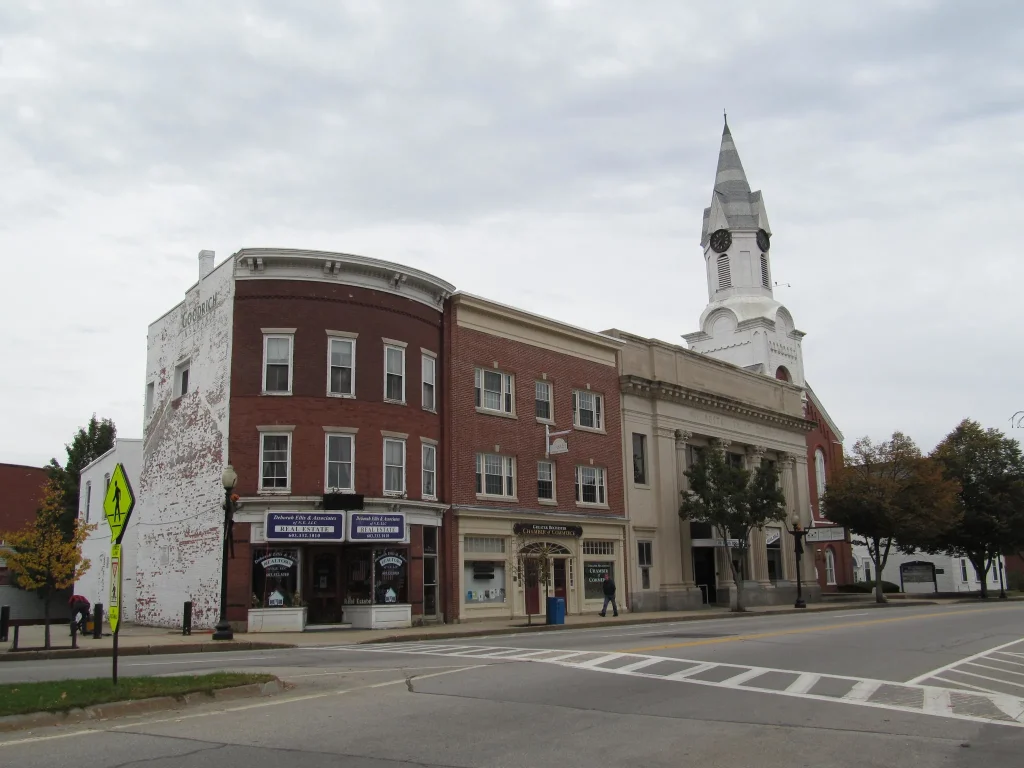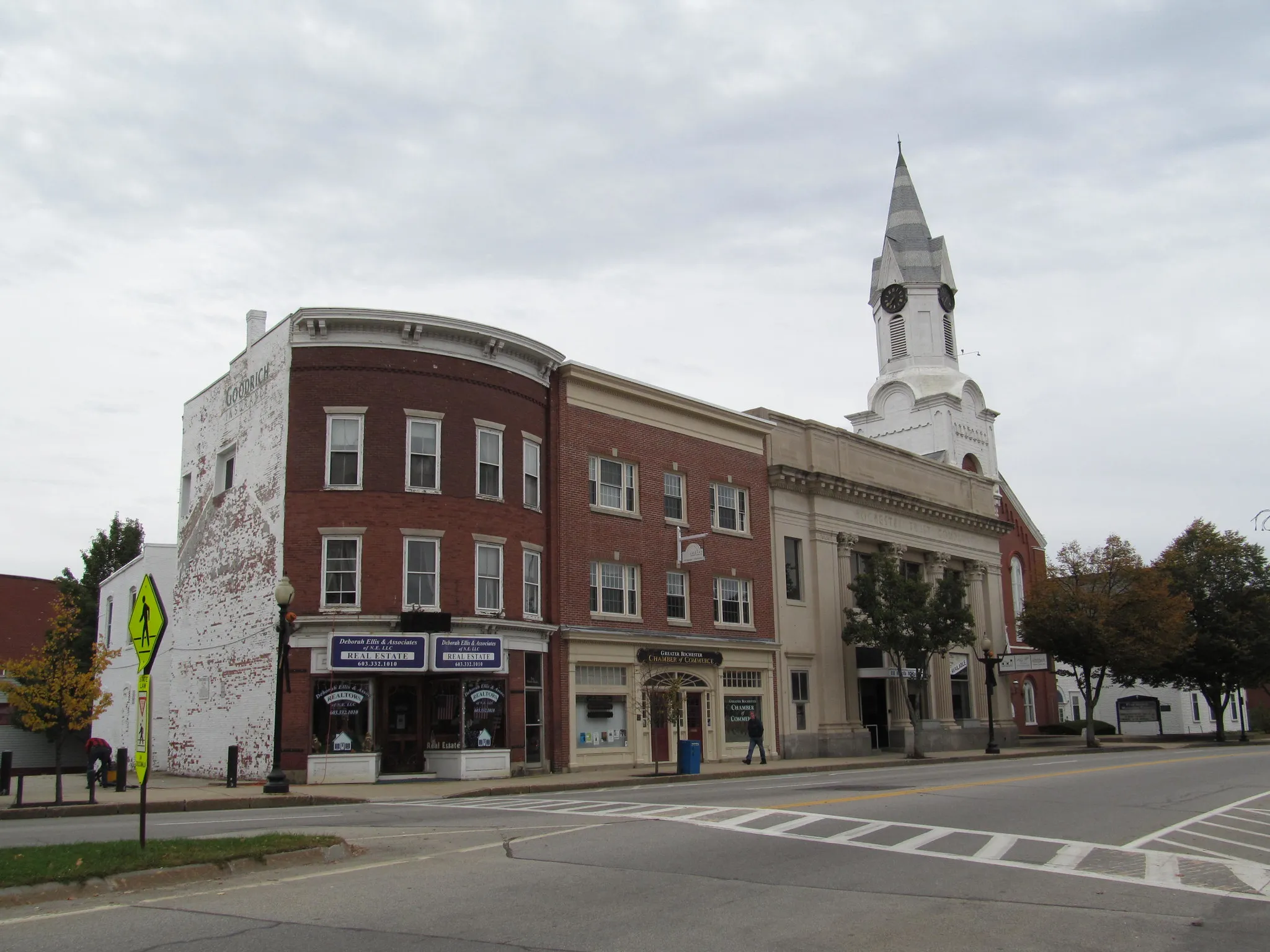Manchester, New Hampshire, has clinched the unfortunate title of the most dangerous city in the state, according to recent data analysis. With a population of 113,018, Manchester reported alarming rates of both violent and property crimes in the latest FBI crime report.

Despite its reputation for thriving small businesses and a vibrant downtown scene, Manchester’s crime rates overshadow its positive aspects. The city recorded 592 violent crimes per 100,000 residents and 2,265 property crimes per 100,000 residents, making it a concerning area for both personal safety and property security.
Rochester follows closely behind as the second most dangerous city in New Hampshire. Despite its lower population of 31,762, Rochester reported 226 violent crimes per 100,000 residents and a staggering 2,748 property crimes per 100,000 residents.
Conway, a popular tourist destination known for its scenic beauty, has unexpectedly high crime rates compared to the rest of the state. With 223 violent crimes per 100,000 residents and 1,976 property crimes per 100,000 residents, Conway’s appeal is marred by safety concerns.
Littleton, despite its small size with a population of 5,862, ranks fourth in terms of dangerousness due to its high rates of violent crimes and murders. The city’s charm as a destination for outdoor enthusiasts is tainted by its crime statistics.
Somersworth, with a population of 12,005, stands out for its disproportionately high property crime rate, surpassing even the risk of lightning strikes or tax audits. The city reported 166 violent crimes per 100,000 residents and a staggering 3,298 property crimes per 100,000 residents.
Belmont, Farmington, Concord, Keene, and Laconia complete the list of the ten riskiest places in New Hampshire, each facing its own challenges with crime and safety.
While New Hampshire boasts a reputation for its scenic beauty and quality of life, these rankings shed light on pockets of the state where residents grapple with high crime rates, unemployment, and economic challenges.
Authorities and local communities are urged to address these issues promptly to ensure the safety and well-being of residents and visitors alike.
